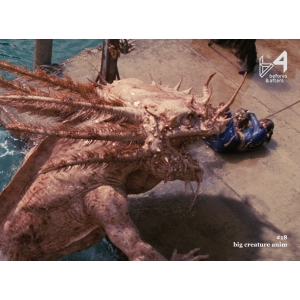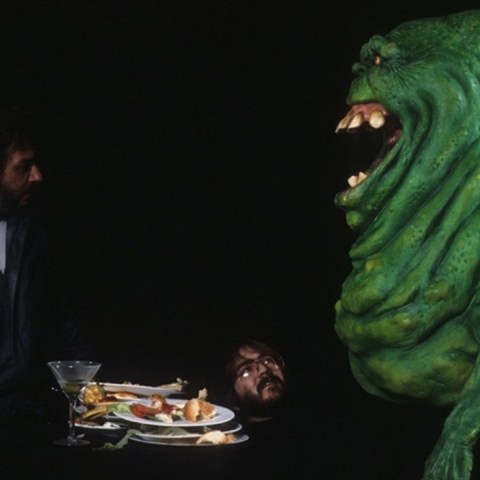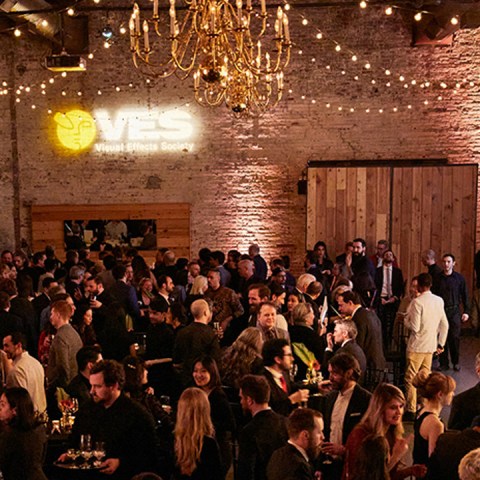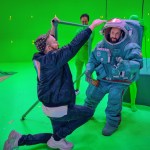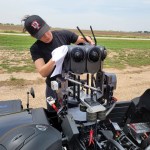Animator Angus Lamont reveals how he crafted a giant monster attack in his makeshift garage/studio.
When Glasgow model maker, stop motion animator and special effects artist Angus Lamont was asked to showcase his Harryhausen-style stop motion work on Mia Rodriguez’s ‘Shut Up’ music video, he jumped at the chance. Lamont was then tasked with shooting and animating the creature, which he did in his own garage studio/workshop, for it to be composited into cityscape scenes for the music video.
In this excerpt from issue #6 of befores & afters magazine, Lamont describes the stop-motion process he employed—step-by-step—to hopefully inspire you to create your own special effects monster animation.

The animation process
Usually, I animate all my shots in groups, so for example all of the wide shots I will shoot together to ensure the setup is consistent. Before animating, I will make sure all my camera settings are in order, so a low ISO and aperture of around 5.6 to 8 to ensure I get an even focus on the model. I’ll maybe take a few test frames to ensure everything is looking in order.
One setback with using a prime lens, is that the live video feed is not accurate in comparison to the captured frame, which is another reason for making a lot of test frames.
Once the settings have been locked down, it’s on to animating. For this brief, a lot of the action was fairly straightforward so I didn’t want to plan ahead too much in terms of what the character would do. Sometimes I would improvise as I animated, sometimes acting out the movements before committing to making another adjustment to the model. Dragonframe has a wealth of handy features which make the process a bit easier, such as onion skinning and being able to playback your work as you animate.

Most of the behavior was inspired by the Cyclops in The 7th Voyage of Sinbad, such as the classic hunched over raised elbows/shoulders back pose. A lot of the actions were fairly straightforward, such as walking towards the camera with some head/mouth and eye movement as the creature surveys the surrounding environment.
All of the limbs were animated by hand, with the exception of the eye, which was an acrylic bead with a hole through it. This allowed me to move it around with a toothpick in the socket.
The footplates on the cyclops armature were tapped to allow a tie down rod to come up through the animation table and into the foot. A wing nut and washer made sure the model was secured to the surface. Once secured, it’s pretty solid, however during a walk cycle shot, if one leg is raised you would have to ensure the leg taking the weight would be tensioned enough to support the rest of the model.
On a few occasions I’ve had the model slowly sag under the weight. A solution to this is using a support rig, which on this occasion I didn’t have to hand, however the downside to this is the added job of having to remove the rig in post.
The animation was shot at 24 frames per second, which is standard for both animation and live action film. Usually with stop-motion I would add a little digital motion blur in the editing stage to smooth the movement out, but in this case, the client was happy with the more traditional look and feel.
Upon finishing the animation, I sent over around 10 video files of each shot. This was slightly more than needed but included alternative takes the client could decide to use. The total animation amounted to just over 20 seconds and was animated in the space of three to four days.



